Is it possible to plant cucumbers in June and how to do it correctly?
The beginning of June is the most favorable time for planting heat-loving plants in the ground. Many gardeners are interested in whether it is possible to plant cucumbers in greenhouses and in open ground in June? It is possible, and this applies not only to cucumbers, but also to crops such as zucchini, pumpkins, tomatoes and others. Some summer residents fear that it is too late to plant cucumbers in June, but this is far from the case. If the plant is supposed to be planted outside the greenhouse, then this procedure should even be delayed and planted closer to the middle of the first summer month. This is due to the fact that frosts and temperature fluctuations can be observed outside in the first half of June. The weather is usually stable by mid-June.
Cucumbers, planted in the second half of the first month of summer, will delight the gardener with fruits after 55-90 days. Allocating a place for this crop on your own summer cottage, you don't have to worry about the seedlings growing nearby. The fact is that cucumbers easily get along with other vegetable crops. Almost all plants can be planted next to this crop. The exceptions are turnips, watercress and onions. In order for a crop to take root, it is important to learn a few features before planting it.
How to land?
It's no secret that a high crop yield directly depends on its correct cultivation. So in the case of cucumbers - the correct planting is the key to a large number of harvested fruits.
Before planting, you need to prepare the seedlings. Cucumbers are propagated by seeds. For seedlings, it is recommended to select high-quality seeds that have not expired - this is what guarantees that the planting will give a good harvest. It is recommended to buy these products only from trusted manufacturers with positive reviews.
Cucumber seedlings can be planted in containers or boxes. When 2-3 full-fledged leaves appear in plants when grown by seeds, they can be planted already in open ground. Depending on the region of cultivation, the crop can be planted outdoors or placed in greenhouse conditions.
When growing cucumbers, you should know some rules.
- It is necessary to dig up and fertilize the soil in advance before planting. It is important to pay special attention to fertilization.
- It is worth taking care of creating the beds. You can adhere to the following dimensions: width - 0.8 m, height - 0.35 m. It is worth leaving a passage between the ridges.
- For seedlings, it is necessary to make holes in the ground. This can be done just before disembarking. The indentations in the soil should be approximately equal to the height of the seedling pot.
- It is worth keeping the beds clean by taking timely measures to combat weeds.
It is worth knowing that planting cucumbers outside the greenhouse will contribute to a later harvest. Therefore, if the gardener does not want to wait long for the first fruits to appear, you can plant in a greenhouse. Planting in the soil can also be done with seeds, not seedlings, but in this case it is required that the soil is sufficiently warmed up.
Culture care
These plants prefer areas accessible to sunlight. The culture does not react well to changes in ambient temperature.
It is important to carry out regular and optimal watering for cucumbers. They do not tolerate too dry soil, so if it is hot outside, then cucumbers can be watered up to 5 times a week. It is important to use only warm water: too cold can contribute to the yellowing of the crop. You can pre-heat the water.
It is worth regulating the growth of cucumber whiskers: the excess ones must be removed, since they greatly slow down growth and take nutrients from the plant. It is important to promote the growth of root volume in plants. Since flowers in a culture can appear early enough, when it is not yet ready to bear fruit normally, they can be removed at first. It is also recommended to cut off the extreme shoots near the ovaries.
It is important not to overdo it with feeding. When fertilizers are applied in optimal proportions, it allows you to achieve decent yields, but over-feeding can reduce the number of fruits.
What fertilizers do plants need?
- Before fruiting - phosphorus, nitrogen, potassium.
- During fruiting - nitrogen, magnesium and potassium.
Advice
Fresh mullein or bird droppings can be used to speed up the growth of the ovaries.
Picking cucumbers in July and August
Cucumbers planted in early June can bear fruit as early as late July. It is better to harvest the grown crop from the beginning of the day: it is during this period that vegetables will be most elastic. When the crop is harvested in the afternoon or late afternoon, cucumbers will quickly lose their pleasant refreshing taste and turn yellow. When collecting fruits, it is recommended to lift the plant's lashes and stretch. The cucumbers should be removed by pressing the stalks. Failure to harvest on time will make it difficult for new flowers and shoots to appear. Indeed, theoretically, in greenhouse conditions, it is possible to harvest ripening cucumbers throughout the summer period.
Plants planted in June should be fed by early July. This is best done using urea. Such feeding will strengthen the seedlings, and they will become more resistant to various kinds of diseases.
August is the month when the plants left in the beds can be affected by various diseases and pests... At the end of summer, it is recommended to inspect the affected cucumbers and remove all "diseased" leaves from them. In August, feeding with fresh mullein is also possible. We recommend burning all infected plants to stop the spread of the infection. Also, at the end of summer, it is recommended to pay special attention to hilling.
Outcome
Planting cucumbers in the first summer month is not too late for this crop. When the seedlings are planted correctly and all the care measures are followed, the yield will be high.
Cucumbers are one of the most popular vegetable crops and one of the few that can be eaten unripe. It is believed that the smaller and greener the fruits of this plant, the juicier and tastier they are. Therefore, when the seedlings are transferred to the ground or to greenhouses, one must not miss the ripening period of the fruits.
It is recommended to move the seedlings into the ground as soon as the soil warms up to +14 degrees Celsius and above. Previously, this is not recommended. In general, caring for a plant is easy, if you pay attention to some features.
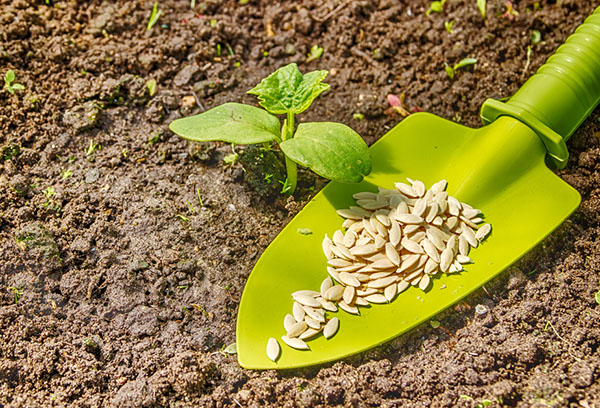
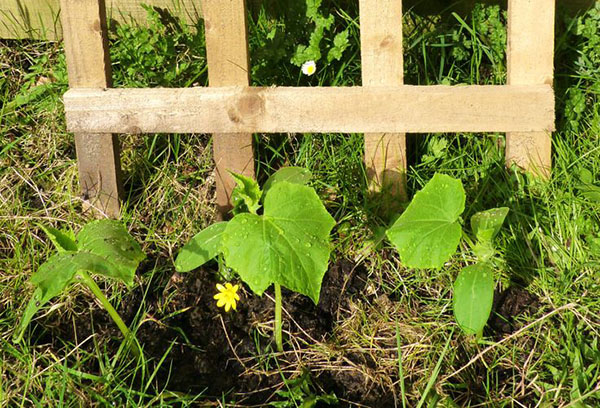
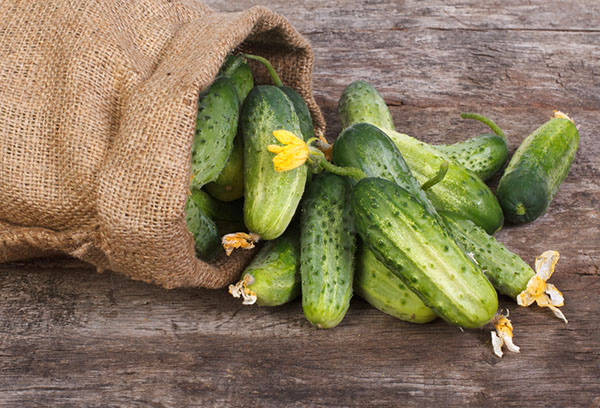
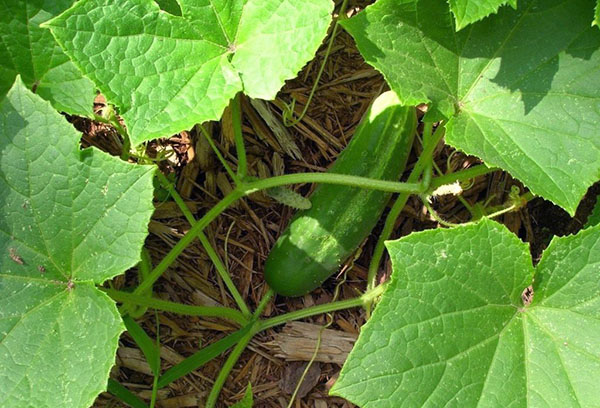
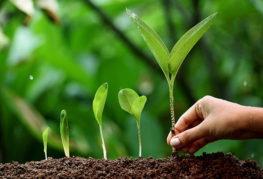
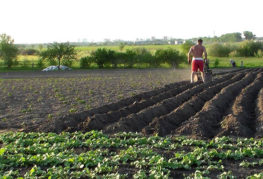
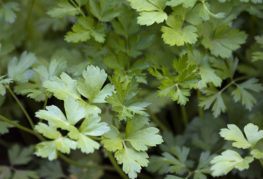
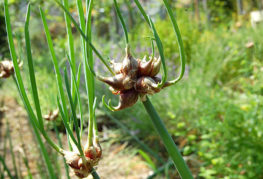
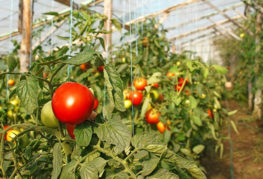
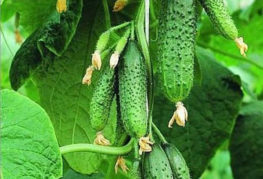
and will be published shortly.